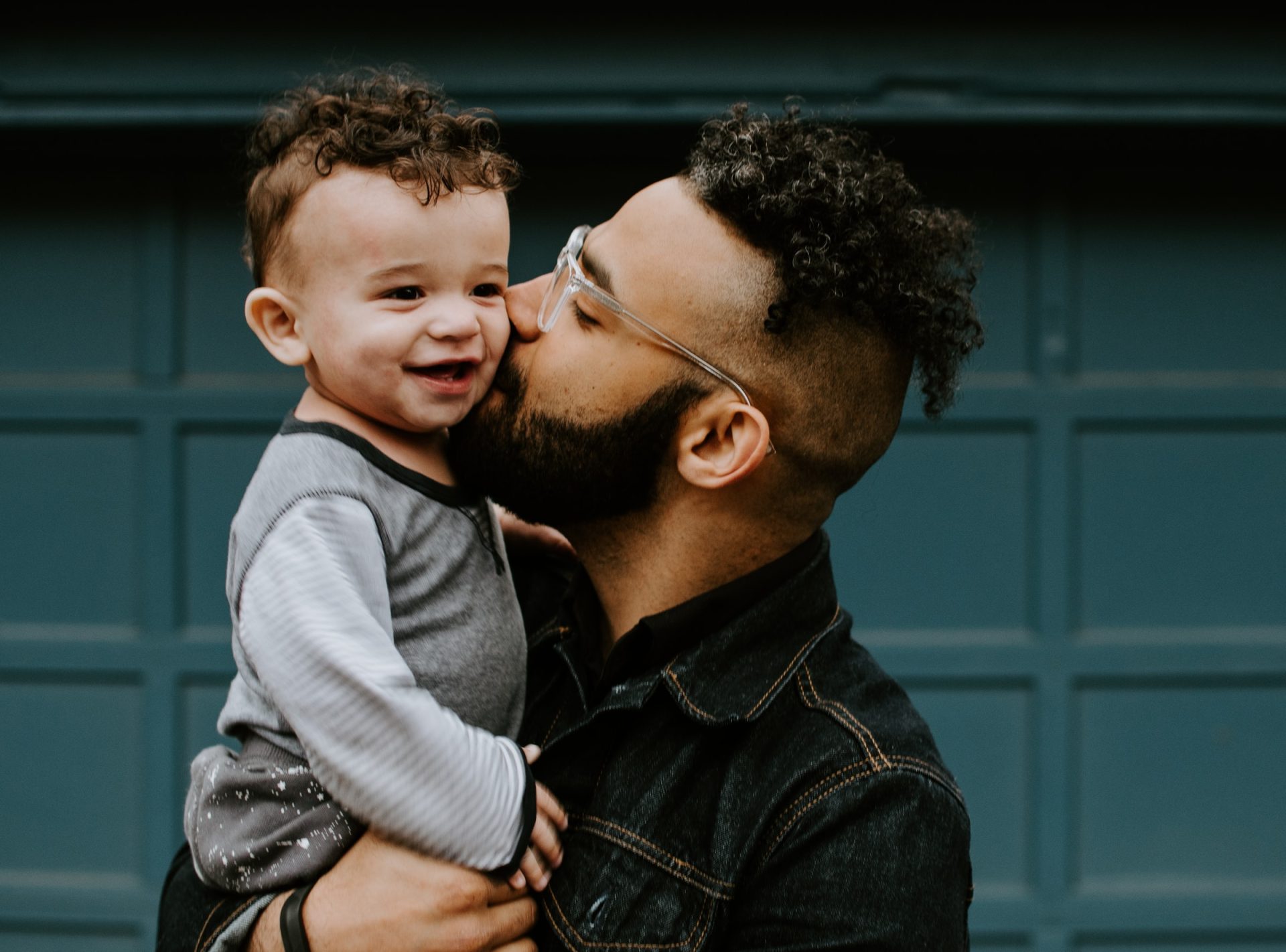 I wanted to follow up last month’s blog post with one about empathy and its impact on children and their development. In our last blog, we talked about how empathy is the ability to see things from another person’s perspective, to put yourself in their shoes, and went over some couples counseling exercises to practice empathy.
I wanted to follow up last month’s blog post with one about empathy and its impact on children and their development. In our last blog, we talked about how empathy is the ability to see things from another person’s perspective, to put yourself in their shoes, and went over some couples counseling exercises to practice empathy.
Being a parent can make it quite challenging to put ourselves in our child’s shoes, as our brains are far more developed than theirs and our emotions are typically more regulated. Nonetheless, it’s equally as important to provide empathy to everyone – including our children!
Choose Your Words Carefully
When kids fall down, get hurt, or get upset I often hear parents or other well-meaning adults say things like, “you’re okay, you’re tough” or even “don’t cry…you’re fine.” These very words are actually completely dismissing the child’s experience and their feelings. We are teaching them it’s not okay to feel pain, to feel hurt, to feel sad, or even to cry as a way to release these emotions. It’s teaching our children to dismiss their own feelings, that their feelings are not accurate. How terrible is that?! And I know none of us are doing this intentionally to our children, it’s something we learned as a kid, that society has fostered, and it also has to do with our own discomfort with emotions.
Let’s face it, it’s hard to see your kid cry, get hurt or be upset! And sometimes we want the tears to go away because we feel bad for our child, or we feel responsible, or maybe we learned early on to promote “tough love.” But you are doing your child a disservice by not letting them experience their emotions and validating those emotions. This is where counseling exercises can be helpful.
Using Counseling Exercises With Children
If you can instead take the approach of saying things like, “you fell and hurt your chin. Sounds like it really hurt.” And just sit with your child in that emotion. Once your child feels validated (varies for all children) we can move to say, “Is there anything I do to help you? Do you want a hug or should we take some deep breaths together?” The concern is you don’t want to move to problem-solving or distraction too quickly as the child is still processing the pain, shock, or trauma of what just occurred. They need time to make sense of that and let out those emotions. Only then do we move to help them figure out how to move forward, and sometimes at that point, they don’t even need our help to move forward.
Counseling exercises like this allow space for emotions (of all kinds) to exist, and is typically more powerful in healing and moving forward than ANY problem-solving tactic. And this is true of adults as well, not just kids!
To learn more about counseling exercises, as well as other relationship building exercises, contact us today!

